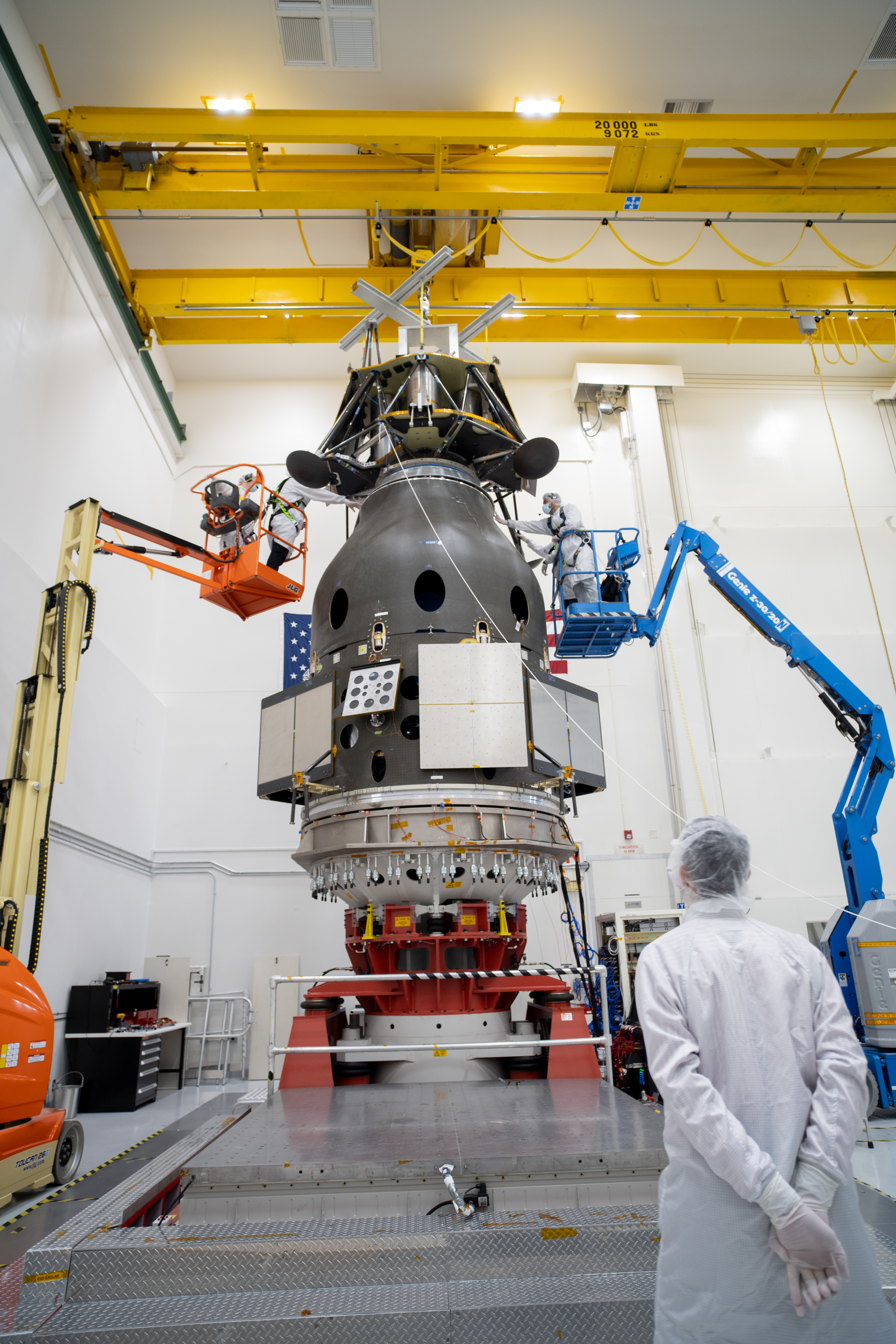Todd Barber, Cassini lead propulsion engineer
It’s been two weeks since Cassini swapped to B-branch thrusters, but they’ve already shown their mettle as a worthy substitute for A-branch. I’m happy to report excellent performance from these back-up rocket engines, despite not having been fired since the mid-1990s (on Earth, no less). Imagine turning on an appliance you haven’t touched in over a dozen years (eight of them, actually) and having it work perfectly the first time. This is exactly the euphoria we felt a few weeks ago when we first put the B-branch thrusters through their paces.
Our need to swap to B-branch engines may best be explained here (http://saturn.jpl.nasa.gov/ news/newsreleases/20090202statusreport/), and my work as lead propulsion engineer over the last few months has been dominated with understanding the A-branch degradation, providing recommendations for best using B-branch thrusters, and helping facilitate the successful swap itself. This was a large team effort, involving many parties at JPL, the propulsion subsystem contractor, and the engine developer, too. Our attitude control and systems engineers planned the events associated with the swap, including biasing the reaction wheels, holding spacecraft attitude (pointing) under thruster control, and turning the spacecraft 90 degrees in both plus and minus directions about all three axes (x,y,z), at slow and fast turn rates. These events took a few days to accomplish (nights, really, given our graveyard-shift tracks from the Deep Space Network), and I could barely keep up with figuring out how much hydrazine the B-branch thrusters were using during these activities. As it turns out, the cost for the entire retinue of activities was less than 1/3 of a kilogram, a price well worth the confidence it provided in these pristine but unused thrusters.
Since the initial checkout period, we’ve also executed a small (12.7-second) steady-state burn on these thrusters, and they provided exactly the thrust we were expecting! This bodes well for future but untested usage of these thrusters, including the Titan-51 flyby on March 27th and the turns required for main-engine maneuver OTM-186 a few days thereafter. We’ve also been working closely with our navigators to ascertain B-branch thruster performance, partially because we do not have chamber pressure sensors on these back-up engines. In summary, we all feel like proud parents as we welcome our eight brand-spanking new thrusters into service at Saturn. May they serve Cassini for many years as we continue to try to unlock the mysteries of the ringed planet!
































